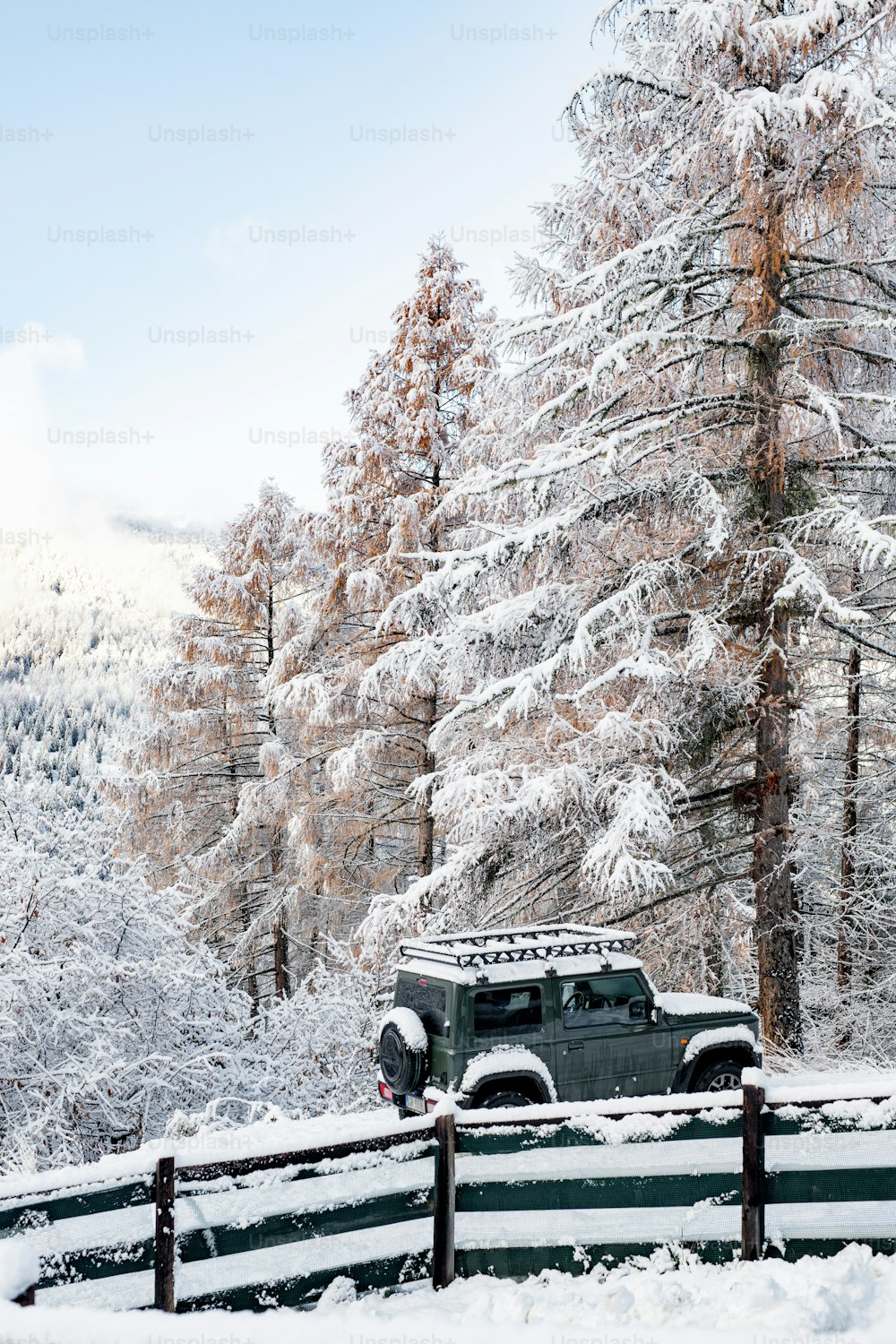To Warm Up or Not: The Winter Car Idling Dilemma Unveiled

As winter blankets the world in frost, the age-old debate resurfaces: to warm up your car or not? The ritual of letting your vehicle idle on cold mornings has been a common practice, but advancements in automotive technology and environmental consciousness have sparked discussions about its necessity. In this extensive blog post, we unravel the complexities of winter car idling, exploring the reasons behind the tradition, its impact on modern engines, fuel efficiency, and the environment, and ultimately, whether the extra minutes of warmth are worth the trade-offs.
I. The Tradition of Winter Car Idling:
- Historical Perspectives: Examine the origins of the practice and how it became a widespread tradition.
- Cold-Weather Myths: Debunk common misconceptions surrounding winter car idling and its perceived benefits.
II. The Mechanics of Engine Warm-Up:
- Engine Lubrication: Explore how idling contributes to better engine lubrication in cold temperatures.
- Transmission Warm-Up: Discuss the impact of idling on the warming of automatic and manual transmissions.
III. Evolving Engine Technology:
- Fuel Injection Systems: Analyze how modern fuel injection systems have reduced the need for extended warm-up times.
- Engine Materials and Tolerances: Examine how advancements in engine design have improved cold-start performance.
IV. Fuel Efficiency and Winter Car Idling:
- The Myth of Fuel Efficiency: Challenge the common belief that idling increases fuel efficiency.
- Idling vs. Restarting: Compare the fuel consumption of idling versus turning off and restarting your vehicle.
V. Environmental Considerations:
- Air Quality Impact: Discuss how idling contributes to air pollution, especially in urban areas.
- Climate Change Implications: Explore the carbon footprint associated with widespread winter car idling practices.
VI. Engine Wear and Tear:
- Extended Idling and Engine Wear: Examine how prolonged idling may contribute to increased wear on engine components.
- Alternatives to Warm-Up: Introduce alternative methods for reducing engine wear during cold starts.
VII. Cold-Weather Driving Tips:
- Gradual Acceleration: Recommend driving habits that reduce stress on the engine during winter conditions.
- Winter-Grade Oil: Discuss the benefits of using winter-grade oil to enhance cold-weather engine performance.
VIII. Engine Block Heaters and Other Solutions:
- Engine Block Heaters: Evaluate the effectiveness of engine block heaters in facilitating smoother starts in cold weather.
- Modern Vehicle Recommendations: Explore what automobile manufacturers recommend for optimal cold-weather driving.
IX. Legislative Measures and Cultural Shifts:
- Anti-Idling Laws: Highlight laws aimed at reducing unnecessary vehicle idling and their impact.
- Changing Perceptions: Discuss how societal attitudes toward idling are evolving with a growing emphasis on sustainability.
X. Personal Choices and Recommendations:
- Informed Decision-Making: Empower readers to make informed choices based on their specific situations and vehicle types.
- Balancing Comfort and Efficiency: Explore the balance between creature comforts and environmental responsibility in winter driving.
Conclusion:
The winter car idling debate is nuanced, intertwining mechanical considerations, environmental impacts, and evolving cultural norms. While tradition may dictate warming up your car on chilly mornings, modern technology and environmental awareness call for a reconsideration of this practice. By understanding the mechanics of engine warm-up, the impact on fuel efficiency and the environment, and exploring alternatives, readers can make informed decisions about whether to let their engines idle or embrace more efficient and sustainable winter driving practices.



























